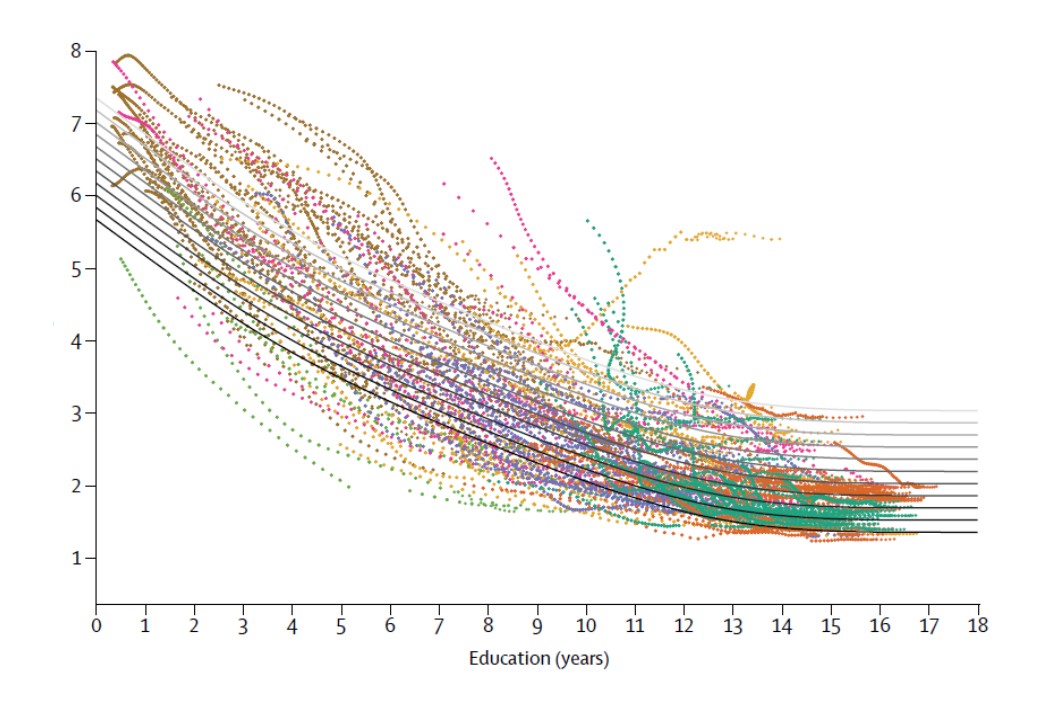Population growth of humans may be stopping?Maanantai 20.7.2020 klo 20.08 - Mikko Nikinmaa The most important reasons for all the environmental problems, climate change, biodiversity loss, loss of arable land, overfishing and pollution are the increase of human population combined with the strive for every human to be able to consume more. Thus, to be able to have sustainable development, the primary goal must be to stop population growth. Hitherto it has been estimated that the growth of human population continues to at least 2100, although the growth rate is decreasing. By 2100 there would be more than 10 billion people on the earth, if no catastrophes occur before that. In view of the gloomy predictions, it was refreshing to read the article by Vollset et al. in Lancet (July 14, 2020; https://doi.org/10.1016/S0140-6736(20)30677-2). They estimate that the population reaches a maximum of 9.73 billion by 2064 and thereafter decreases so that by 2100 the population is 8.79 billion. The population decreases everywhere except in Africa especially in Sub-Saharan Africa. The population increase seems to continue there up to 2100 with the consequence that Nigeria will be 2nd most populous country in the world by 2100. Also, out of the world’s population, about 3.8 billion will live in Africa. The economic systems virtually everywhere are based on population growth. Thus, one sees in European newspapers big headlines about how terrible the decrease of birth rate is. However, to enable sustainable development, that is what needs to take place. Since the population growth occurs in area from which emigration to Europe is feasible, European countries should, for their own sake, start thinking about immigration as an asset, not as a burden. This requires a change of many people’s attitude. However, even the 8.8 billion population is too large for sustainable |
|
Avainsanat: climate change, biodiversity loss, economic growth |

 living. Even if climate change with new technologies could be stopped, the need for food, biodiversity loss and pollution continue. The population can be further decreased, if the education, especially women’s education is improved. It is clear from the enclosed figure that lifetime fertility (y-axis) decreases with the number of years of education. With education improved and birth control applied, the human population would decrease to about 6 billion by 2100, i.e. be about a quarter less than today. That would certainly be sustainable, so there is a ray of hope, which is achievable.
living. Even if climate change with new technologies could be stopped, the need for food, biodiversity loss and pollution continue. The population can be further decreased, if the education, especially women’s education is improved. It is clear from the enclosed figure that lifetime fertility (y-axis) decreases with the number of years of education. With education improved and birth control applied, the human population would decrease to about 6 billion by 2100, i.e. be about a quarter less than today. That would certainly be sustainable, so there is a ray of hope, which is achievable.